Food Packaging plays an even more important role in the food consumption industry than just serving as a container. It continues to serve as a reliable defender of freshness, a symbol of security, and a powerful influence on customer decisions. Let’s examine the significant importance of food packaging in the current global market.
Table of Contents
ToggleWhat is Food Packaging?
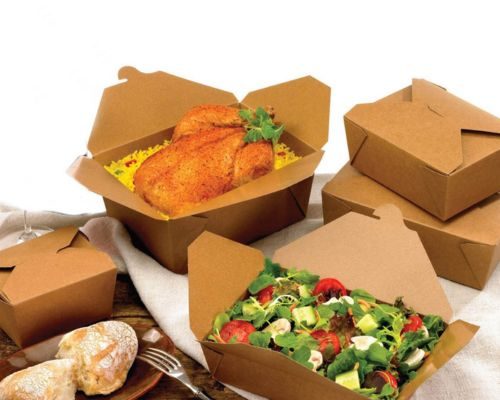
Food packaging refers to the materials and techniques used to enclose and protect food products. It encompasses a wide range of materials, including plastic, paper, glass, and metal, as well as various forms such as bottles, cans, pouches, and boxes. Beyond containment, food packaging plays a crucial role in preserving freshness, ensuring safety, and providing vital information to consumers.
Preservation and Protection:
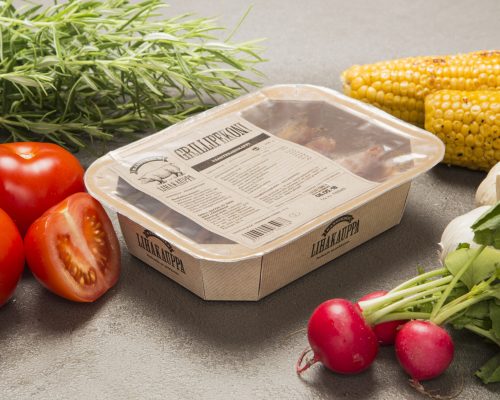
Food packaging acts as an impervious shield, warding off threats from moisture, air, light, and harmful microbes. By creating a protective barrier, it ensures the quality and safety of the food within. Effective packaging doesn’t just contain the product; it safeguards its freshness and flavour, significantly reducing food wastage along the supply chain. You can also see this guide Why Eco- Friendly Packaging is Better than Traditional?.
Safety Assurance:

Carefully curated packaging materials are meticulously chosen to meet stringent safety standards and regulations. From the moment food is packaged to the time it reaches the consumer’s plate, packaging plays a vital role in maintaining its integrity and hygiene. By preventing physical damage and shielding against chemical reactions, packaging prioritizes consumer health and well-being. You can also read How Much Does a Cardboard Box Weigh?
Extended Shelf Life:
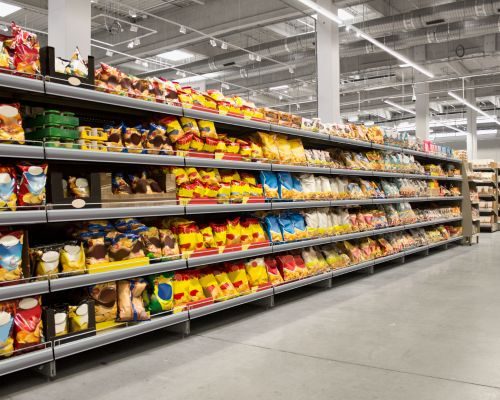
One of the most tangible benefits of packaging is its ability to extend the shelf life of food products. By forming a formidable barrier against spoilage factors such as oxidation and microbial growth, packaging ensures that food stays fresher for longer periods. This not only minimizes waste for consumers but also maximizes profitability for producers by reducing losses due to spoilage.
Brand Identity and Marketing:

Packaging serves as a powerful canvas for brand expression and differentiation. Through captivating designs, logos, and packaging materials, brands can effectively distinguish their products on crowded shelves and captivate the attention of consumers. Well-crafted packaging goes beyond aesthetics; it communicates brand values, product attributes, and even narrative, exerting a profound influence on purchasing decisions.
Convenience and Portability:
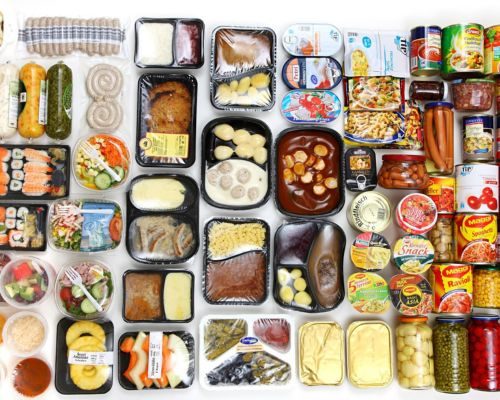
In today’s fast-paced world, convenience is paramount for consumers. Packaging plays a pivotal role in enhancing the ease of handling, storing, and transporting food products. Whether it’s resealable pouches for snacks or single-serving packs for on-the-go consumption, packaging solutions cater to diverse consumer needs and lifestyles, facilitating convenience and portability.
Read More: What is The Meaning of Recycled Packaging?
Information Dissemination:
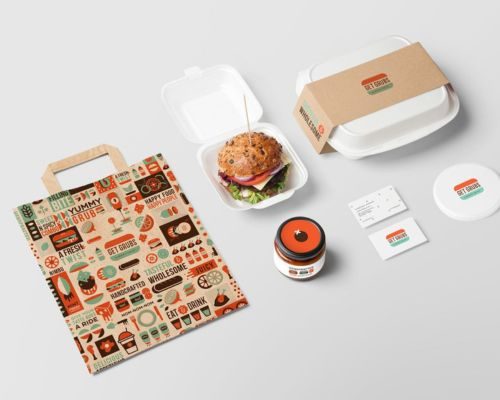
Packaging serves as an invaluable medium for conveying essential information to consumers. From nutritional facts and ingredients lists to allergen warnings and expiry dates, packaging provides consumers with the information they need to make informed choices about their food purchases. This transparency fosters trust and confidence in the products and the brands behind them.
Environmental Impact:
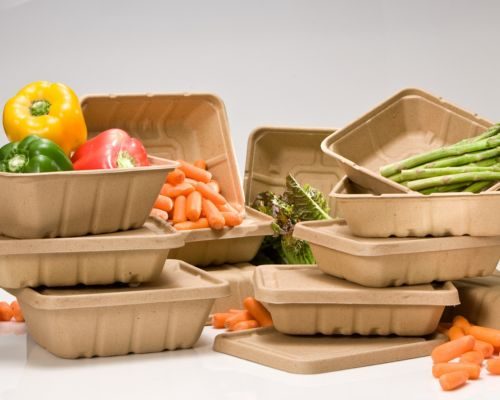
With environmental consciousness on the rise, sustainable packaging solutions are gaining momentum. Biodegradable, compostable, and recyclable materials offer a greener alternative to conventional packaging, reducing the environmental footprint of food packaging. By embracing eco-friendly packaging practices, brands not only appeal to environmentally conscious consumers but also contribute to broader sustainability efforts.
Regulatory Compliance:
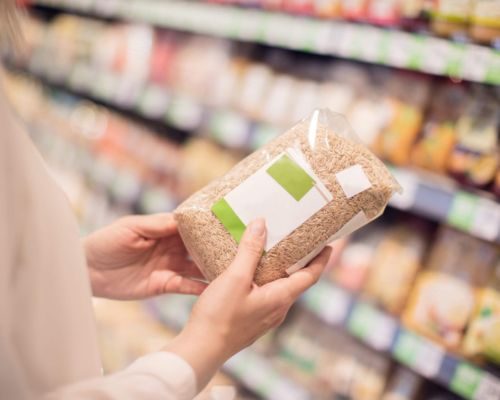
Ensuring regulatory compliance is non-negotiable in the realm of food packaging. From FDA regulations in the United States to EU directives in Europe, adherence to stringent standards and guidelines is imperative for food manufacturers and packagers. By staying abreast of regulatory requirements, businesses can uphold food safety standards and bolster consumer trust in their products.
Conclusion:
In conclusion, food packaging serves as a linchpin of the food industry, encompassing preservation, safety, branding, convenience, and sustainability. By understanding and harnessing the multifaceted role of packaging, businesses can effectively meet consumer needs, build trust, and thrive in an increasingly competitive global market landscape.
Read Our Latest Guide:
FAQs:
Food packaging refers to the materials and techniques used to enclose and protect food products. Its importance lies in preserving freshness, ensuring safety, and providing information to consumers.
The five important aspects of packaging products are:
- Preservation and protection of the product.
- Ensuring safety and hygiene for consumers.
- Extending the shelf life of the product.
- Facilitating branding and marketing efforts.
- Providing convenience and ease of use for consumers.
Food packaging is required for:
- Protecting food from contamination and spoilage.
- Providing essential information to consumers.
- Extending the shelf life of perishable products.
Important points in food packaging include:
- Preservation of freshness and flavour.
- Ensuring food safety and hygiene.
- Providing clear and accurate information to consumers.
- Utilizing sustainable materials and practices.
The four benefits of food packaging are:
- Preservation of food quality and safety.
- Extension of product shelf life.
- Promotion of brand identity and recognition.
- Enhancement of convenience for consumers.

Meet Mary K, the talented author behind PackPaa. With a passion for innovative packaging solutions, Mary shares insights and expertise to elevate your business.

















